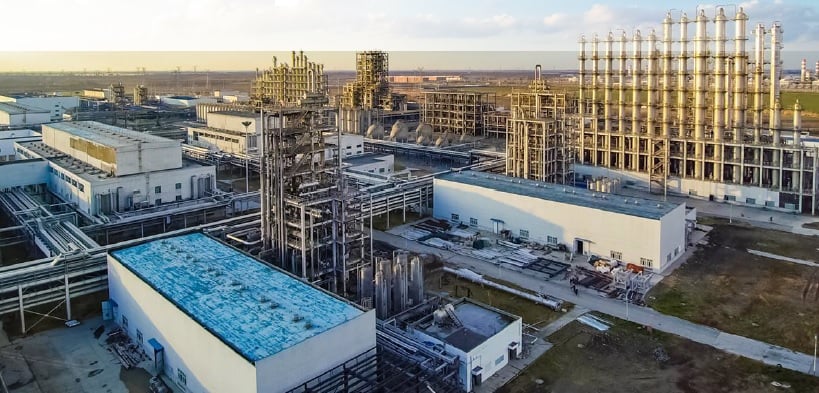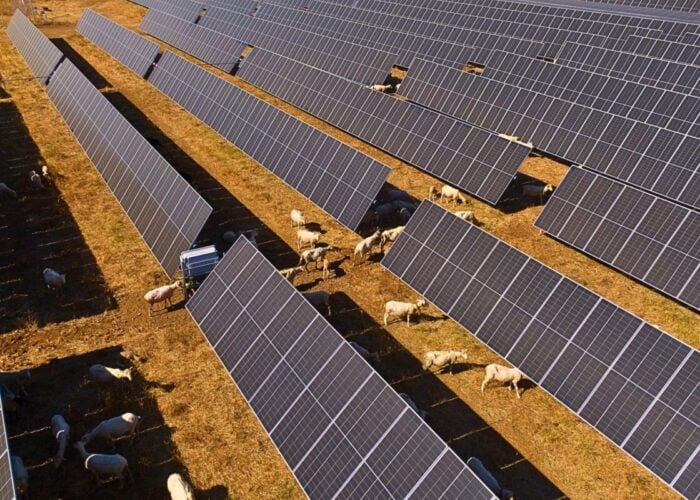
Major Chinese polysilicon producer Daqo New Energy posted decreased financial results for the first quarter of 2024 as the wafer sector faced pressure from accumulated inventories and negative margins.
In Q1, Daqo’s net income dropped to US$15.5 million from US$53.3 million in Q4 2023, representing a decrease of about 71%. However, its net income dropped even more significantly year-on-year, as the company’s net income for Q1 2023 was US$278.8 million, equivalent to a 94.4% decrease.
Unlock unlimited access for 12 whole months of distinctive global analysis
Photovoltaics International is now included.
- Regular insight and analysis of the industry’s biggest developments
- In-depth interviews with the industry’s leading figures
- Unlimited digital access to the PV Tech Power journal catalogue
- Unlimited digital access to the Photovoltaics International journal catalogue
- Access to more than 1,000 technical papers
- Discounts on Solar Media’s portfolio of events, in-person and virtual
The company’s EBITDA dropped from US$490.2 million in Q1 2023 to only US$76.9 million, representing an 84.3% decrease. Quarterly, Daqo’s EBITDA decreased from US$128.2 million to US$76.9 million., dropping by 40%.
Regarding polysilicon production, Daqo’s production volume was 62,278 metric tonnes in Q1 2024, up from 61,014 metric tonnes in Q4 2023. Polysilicon sales volume was 53,987 metric tonnes in Q1 2024, compared to 59,906 in Q4 2023.
Commenting on the company’s polysilicon production volume, Xiang Xu, CEO of Daqo New Energy, said: “Our Inner Mongolia 5A facility contributed 46% of our total production volume for the first quarter. Through achievements in R&D and significant purity improvements at both facilities, we further increased our n-type product mix from 60% in December last year to 72% in March.”
Polysilicon’s average selling price (ASP) was US$7.66 per kilogram in Q1 2024, compared to US$7.97 per kilogram in Q4 2023.
Xu also explained the wafer market. He said: “With weaker-than-expected production plans downstream starting in March, the wafer sector faced significant pressure from accumulated inventories and negative margins. Market sentiment shifted significantly in mid-March with widespread expectations of falling prices throughout the value chain, particularly for polysilicon.”
Looking ahead, the company expects to produce approximately 60,000 metric tonnes to 63,000 metric tonnes of polysilicon during Q2 2024. For the full year of 2024, the company expects to produce approximately 280,000 metric tonnes to 300,000 metric tonnes of polysilicon. By the end of this quarter, Daqo expects its inventory level to be only two weeks of production.
Xu also talked about his views on the outlook of the wafer sector.
“Downstream manufacturers began to lower utilisation, reduce inventory and delay orders to minimise the impact of falling prices of polysilicon. In April, further pressure on polysilicon prices emerged as the issues of excess inventory among wafer manufacturers worsened and wafer customers further delayed orders and product delivery,” he said.
In the near future, Xu predicted that the entire solar value chain, including polysilicon, will likely be loss-making in general, with a large number of polysilicon producers “currently unprofitable”.
“We believe that the current low prices and the market downturn will eventually result in a healthier market, as poor profitability and losses, as well as cash burn, will lead to many market players exiting the business with some possible bankruptcies,” Xu added.
| PV Tech publisher Solar Media will be organising the Solar Finance & Investment Asia Summit in Singapore, 24-25 September. The event will bring together the most influential leaders representing funds, banks, developers, utilities, government and industry across the Asia-Pacific region on a programme that is solutions-focused from top to tail. For more information, including how to attend, please go to the official website. |







